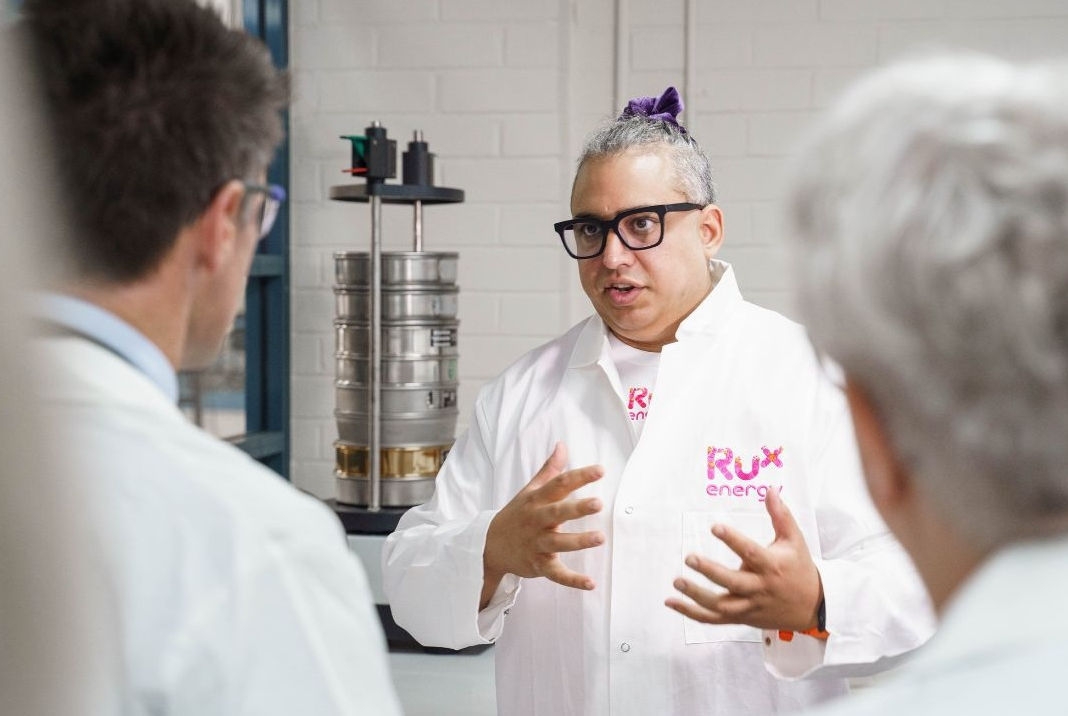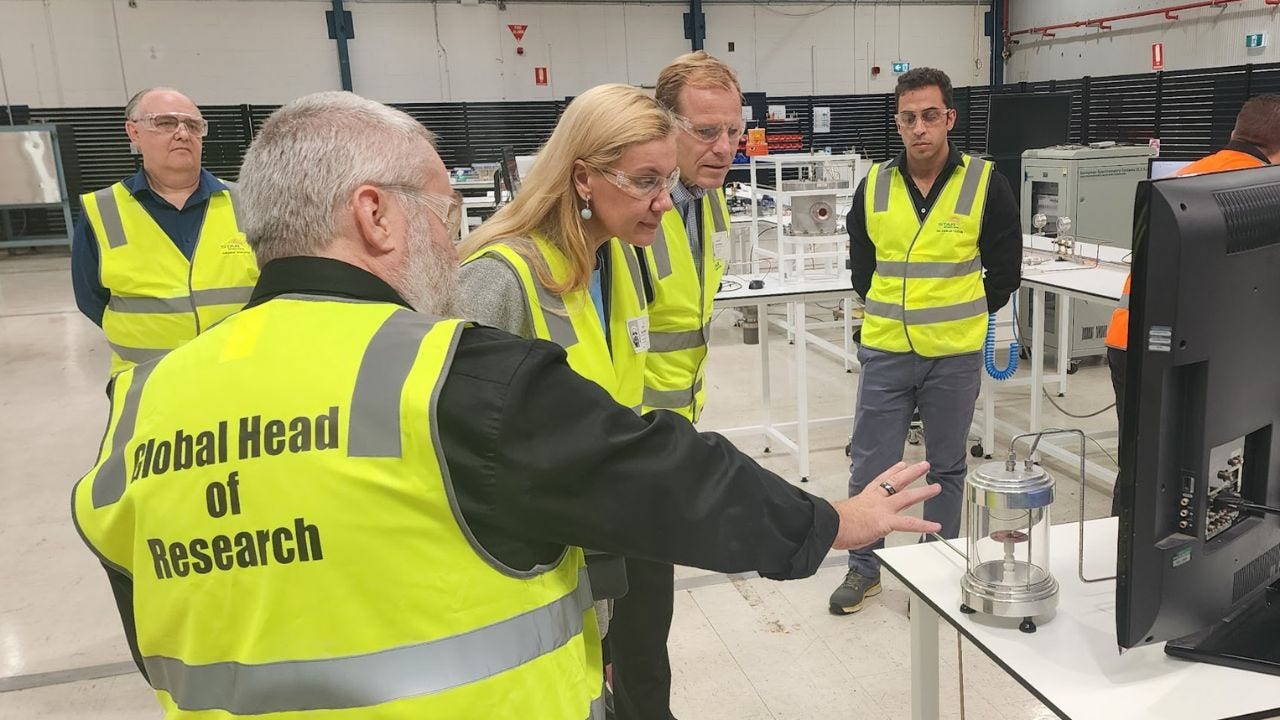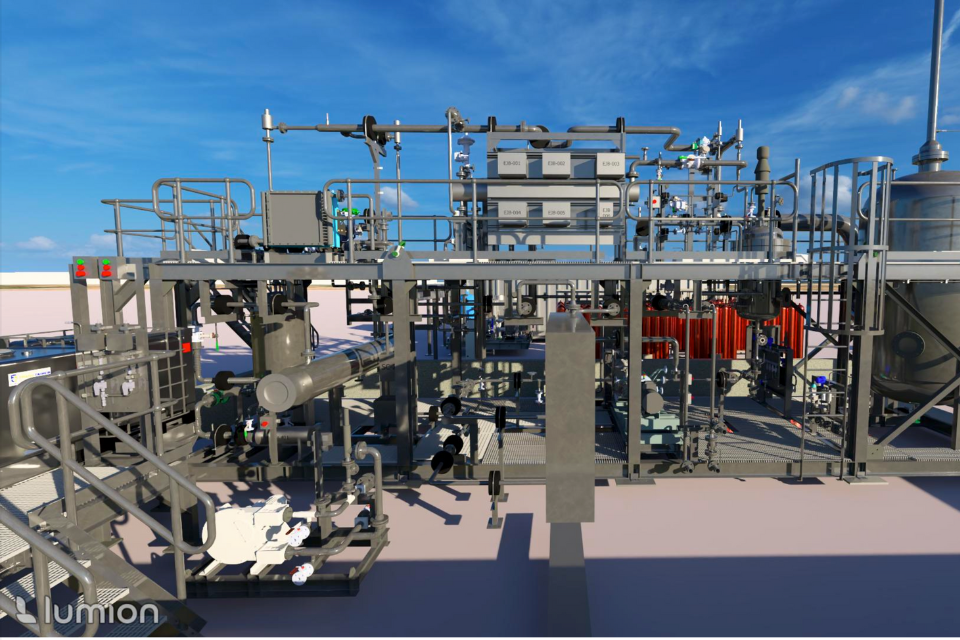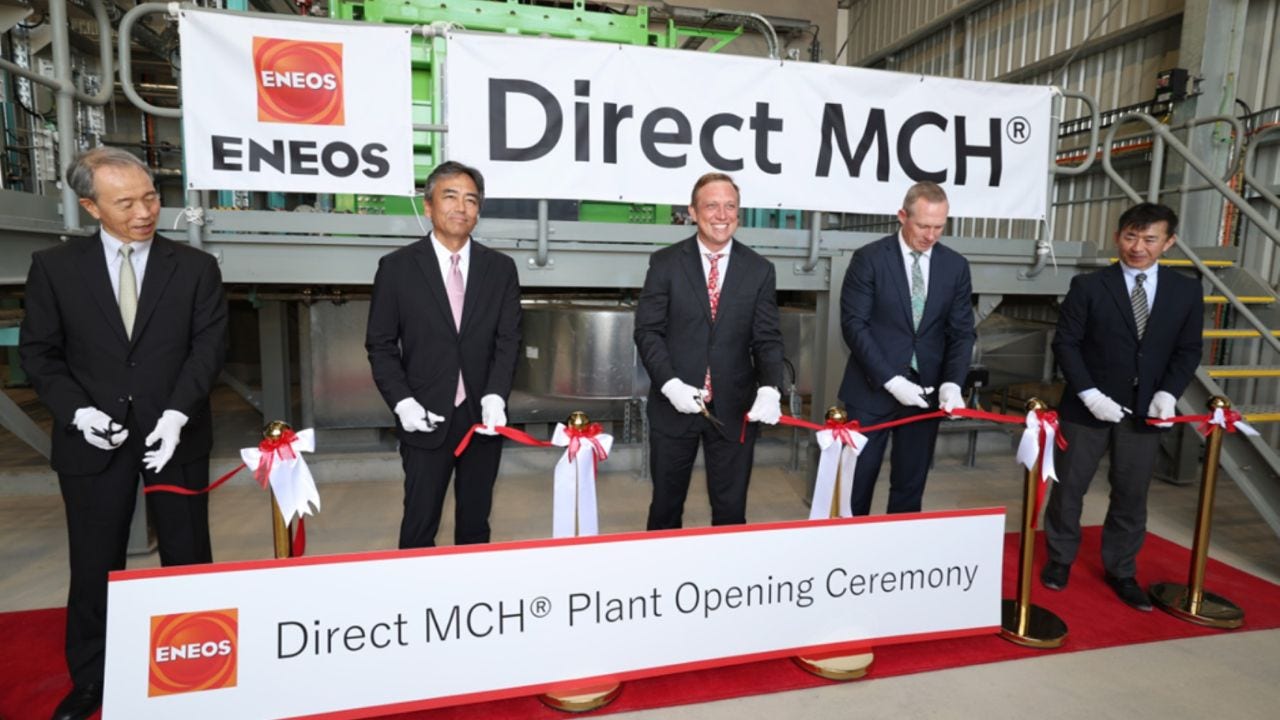Rux Energy’s nanomaterial technology tackles hydrogen storage
Rux Energy’s new technology makes it easier to store and transport hydrogen.
Australian technology company Rux Energy likes a challenge. The company’s goal is to directly contribute to abating 10 million tonnes of carbon dioxide equivalent emissions annually, by 2030.
It aims to achieve this goal by using its patented nanomaterial technology to tackle the energy transition’s largest problem related to hydrogen: storage.
The technology is attracting interest, particularly from transport and shipping. Rux and its partners have attracted approximately A$9 million in government funding to date, from the Australian, New South Wales and UK governments. Industry trials are underway in the UK and Australia, and in the planning stages for Singapore.
Bigger on the inside
Rux’s solution involves filling storage tanks with a highly porous nanomaterial. One gram of this material has a surface area equivalent to a football field. The material acts like a sponge to absorb hydrogen without any chemical changes to the hydrogen molecule itself.
‘We’re not quite bending the laws of physics,’ explains Rux Founder and CEO Dr Jehan Kanga, ‘but it is a bit like making the tanks bigger on the inside.’
The technology enables hydrogen storage at densities similar to liquid hydrogen, but at moderate temperatures and lower pressures. This makes hydrogen storage safer and more cost-effective, reducing energy losses.
Decarbonising global shipping
Potential applications are highlighted in the recently announced UK Shoreside Power from Optimised Hydrogen Lifecycle (SPOHL) project. The project sees Rux collaborating with industry and academic partners in the UK to demonstrate the feasibility of moveable green hydrogen–powered generators to power ships at port. These generators could cut marine diesel usage by around one-third and port carbon emissions by around 90%.
This project is also expected to lead to other demonstrators in hard-to-abate sectors in heavy trucking, rail, aviation and heavy industry.
Aggressive interoperability needed to decarbonise
Rux aims to shorten the timeframe to decarbonisation based on a mindset of collaboration and ‘aggressive interoperability’, says Kanga.
‘If our technology can inter-operate with a legacy system, we don’t have to build new systems. We also don’t have to wait for extensive infrastructure developments such as hydrogen pipelines.’
Existing storage tanks can be upgraded with the Rux nanomaterial, to store more hydrogen. Rux is also responding to industry demand and working with tank manufacturers to develop new optimised carbon composite tanks.
Similarly, the port application adopts existing technology and can accelerate the conversion of shipping fleets.
The technology is almost infinitely flexible, adds Kanga. ‘If it is no longer needed at the port, the same box can then go up the road and refuel a plant or plug into a brickworks, to replace natural gas.’

Last-mile solution fuelling transport, warehouses and farm sheds
The technology enables relatively large volumes of hydrogen to be stored and transported in small moveable packages. This means it can distribute fuel from pipelines to small and medium enterprises.
Rux’s technology could ultimately support distributed energy supply, connecting local generation to local end-users via many-to-many supply chains.
‘Potentially it could enable a kind of milk run,’ says Kanga. ‘Electrolysers would make hydrogen and deliver it to local customers, regional airports or hospitals.’
Challenges of funding the energy transition
Attracting investment funding is a challenge for any technology startup, but there is a sense of urgency to decarbonise hard-to-abate sectors.
Reaching the kind of scale and certification needed by larger investors and customers could take several years. This means Rux needs to reach a wide range of organisations, including SMEs that may be nimbler and more willing to invest in demonstrator projects.
Austrade’s vital strategic support
Austrade has facilitated valuable opportunities for Rux Energy to showcase its technology at key international events in the UK, US and Singapore. The goal is to attract connections and investment through government and private entities.
Rux was invited to the Cleantech Asia Forum, Singapore 2023 by the National Energy Research Agency (NERA) and Austrade. This resulted in greater visibility in Singapore with a third-place win at the Singapore Government PIER71 Smart Port Challenge in October 2023. Rux was the only non-Singaporean company with a placing. The company also had the opportunity to speak at Singapore Maritime Week in 2024 and other Singaporean national platforms. This led to opportunities to engage with government policymakers and industry, to facilitate future bilateral partnerships.
In 2023, Rux Energy presented at Select USA CleanTech Investment Summit 2023, hosted by the US Department of Commerce and US Department of Energy. It placed second, the only Australian company to feature in the top 100 at the Summit. The company also participated in several industry roundtables with White House and US Department of Energy officials on hydrogen legislation and deployment strategy.
Rux previously presented at the Global Clean Energy Action Forum in 2022, with the Team Australia delegation led by the Department of Climate Change, Energy, the Environment and Water.
‘Austrade and state investment authorities can enable access to investor groups we would struggle to reach otherwise,’ says Kanga.
‘By lending us their weight, and through structured events, Austrade gets us face-to-face with a great mix of government, investment and industry connections.
‘Not only does that forge connections, it also allows us to hear some of the tension points and concerns customers are facing. We can integrate those learnings and keep innovating.’



